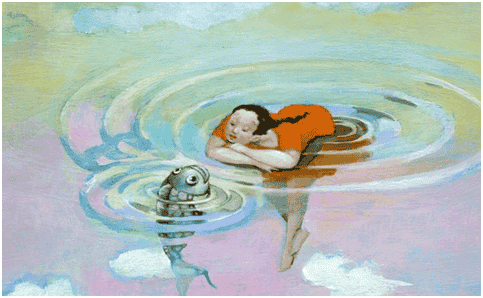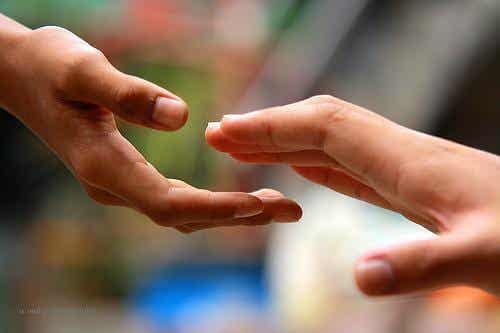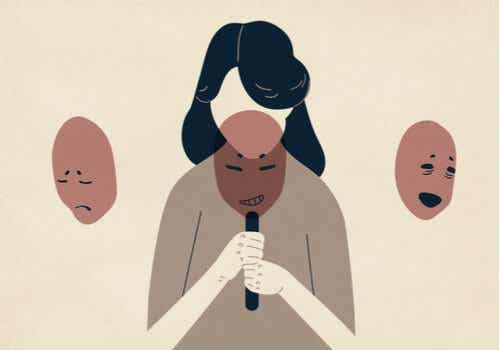
Last update: February 10, 2015
Did you know that bad mood can be passed on as if it were a contagious disease? This is shown by some recent studies. The team led by Dr. Nicholar Christakis, a sociologist at Harvard medical school, conducted a study of 5.124 people. The team found that it is easier to convey an emotional state within a same-sex group.
The study also revealed that having a happy friend increases the likelihood of feeling happier. Even more surprising is that the positive mood transmitted to a second person can be relayed back to a third and even a fourth person.
Let's invent some examples to better understand the effects. If Maria is your friend and she has a positive attitude, there is a 15% chance that you will feel happy too. Later, when you interact with Monica, she will be 10% more likely to be happy. If Monica in turn is a friend of Francesca, the chances that she feels cheerful increase by 6%.
This example serves to understand that the mood can really spread in a chain as Dr. Christakis described: "it looks like the small waves that propagate around a stone thrown into a lake".
Likewise, bad mood is contagious. According to physician Alex Lickerman, as reported in his article How To Manage Your Partner's Bad Moods, medical students are taught that if they feel depressed while asking a patient questions, they generally cause lies in the fact that the patient himself is depressed.
How is bad mood transmitted?
In practice, it is a three-step process. Monmouth University psychology professor Gary W. Lewandowski Jr. explains this in his article Is a bad mood contagious? (Is moodiness contagious?).
First what is called unconscious imitation occurs. In this phase, the person copies the gestures of the other without realizing it, such as yawning, scratching or sighing. Therefore, people can experience a feedback phase. For example, if you see someone frown, you too may perhaps do so without thinking about it. Now you will start to feel annoyed that you have a frown (second phase). Infine, in the third phase experiences are shared until emotions and behavior are synchronized.
Some people are particularly inclined to convey their mood: They can change the mood of all co-workers in the office or during a meeting. Some psychologists believe that this is due to the fact that these people are very expressive and make gestures that attract attention.
What to do if you have to interact with a contagious grouch?
When someone treats you badly, is in a bad mood, or ruins your day, the most likely thing is that you want to let off steam to someone, that you want to share what happened to you. Nevertheless, perhaps without realizing it you are becoming a link in the chain of discontent.
Psychologist Alan Godwin suggests that instead of reacting in the same way when someone talks rudely to you, it is better to respond with a carefully thought out sentence in advance. For example, regardless of what Mr. Bad mood tells you, you can resolve the situation by saying something like "Since the weather is nice today?".
Dr. Godwin also advises that you have to be prepared for this optimism not to be returned and to put on an "emotional raincoat". In other words, to protect yourself from the bad mood of others you must make a conscious effort to psychologically separate yourself from this person's negative message and remind yourself that those are their emotions and not yours..
In conclusion, remember that bad mood is contagious. If you have to spread a wave of mood to the rest of the world, then, wouldn't it be better than a wave of positive mood?
Image courtesy of: Rafael Edwards


























